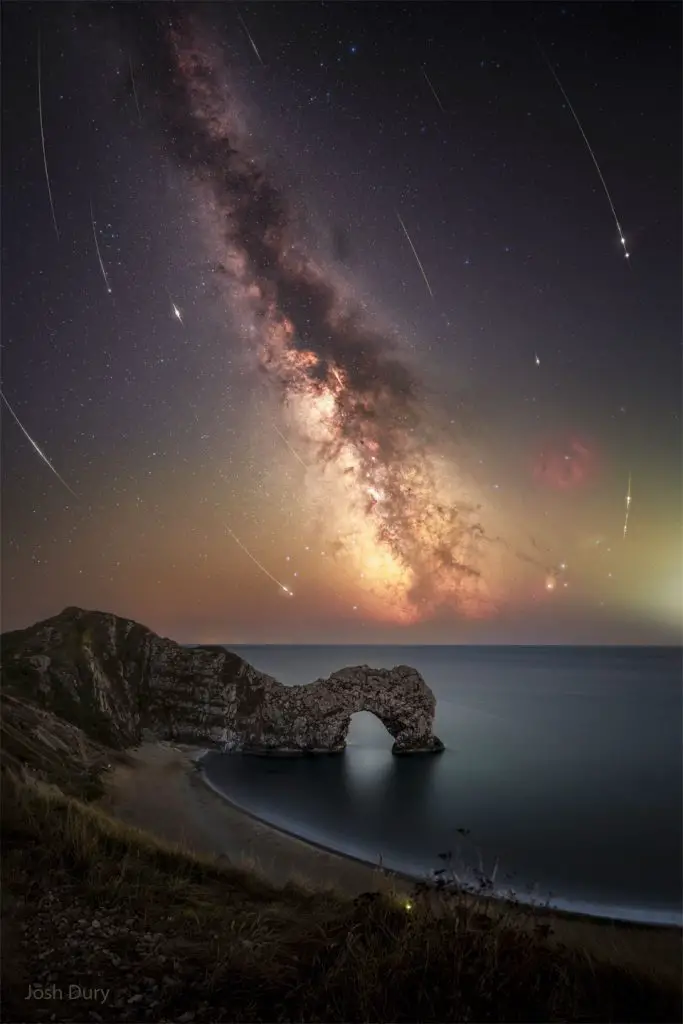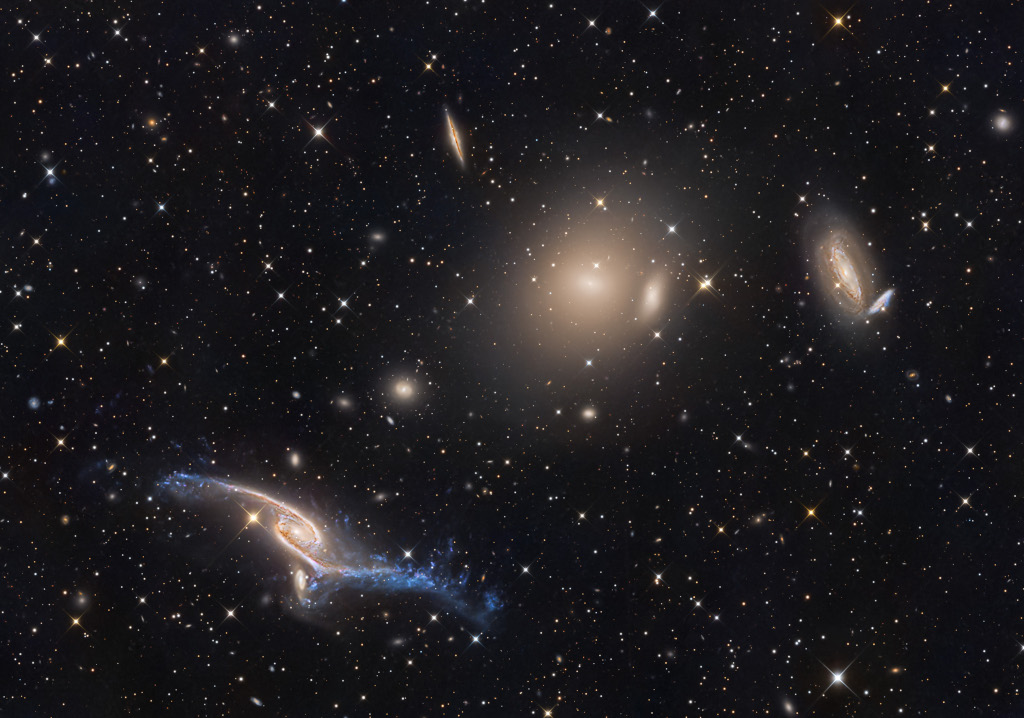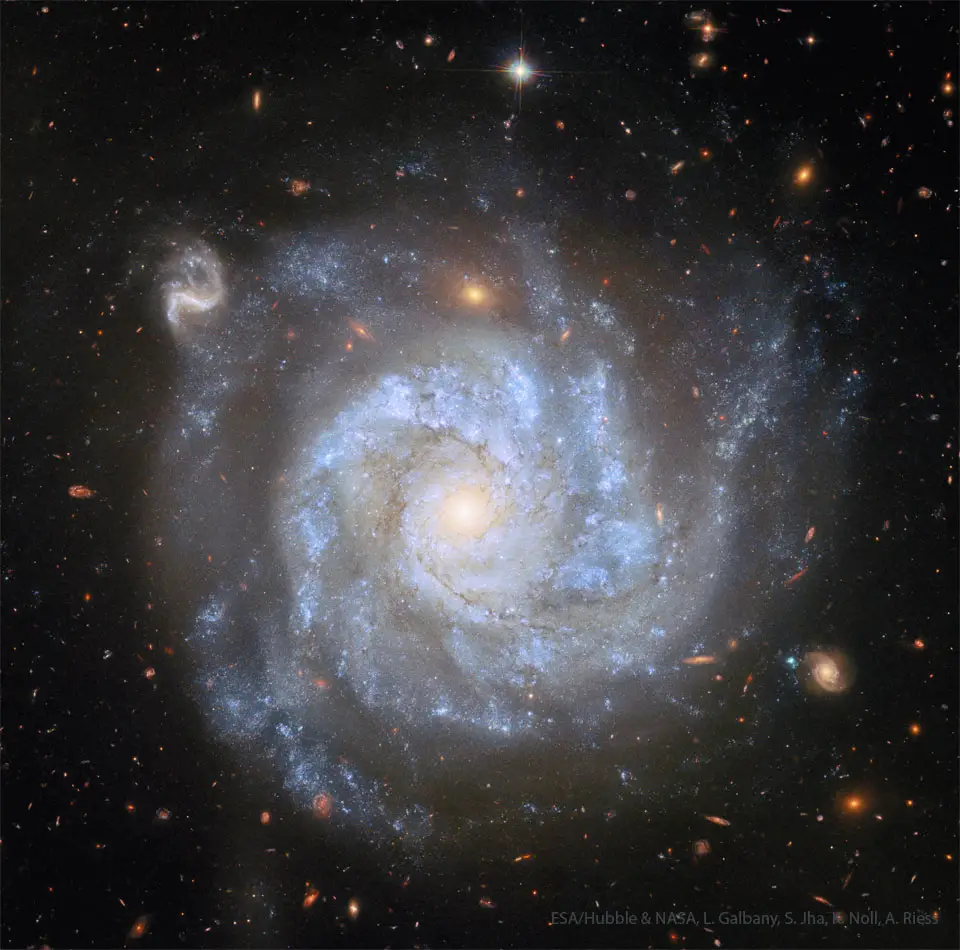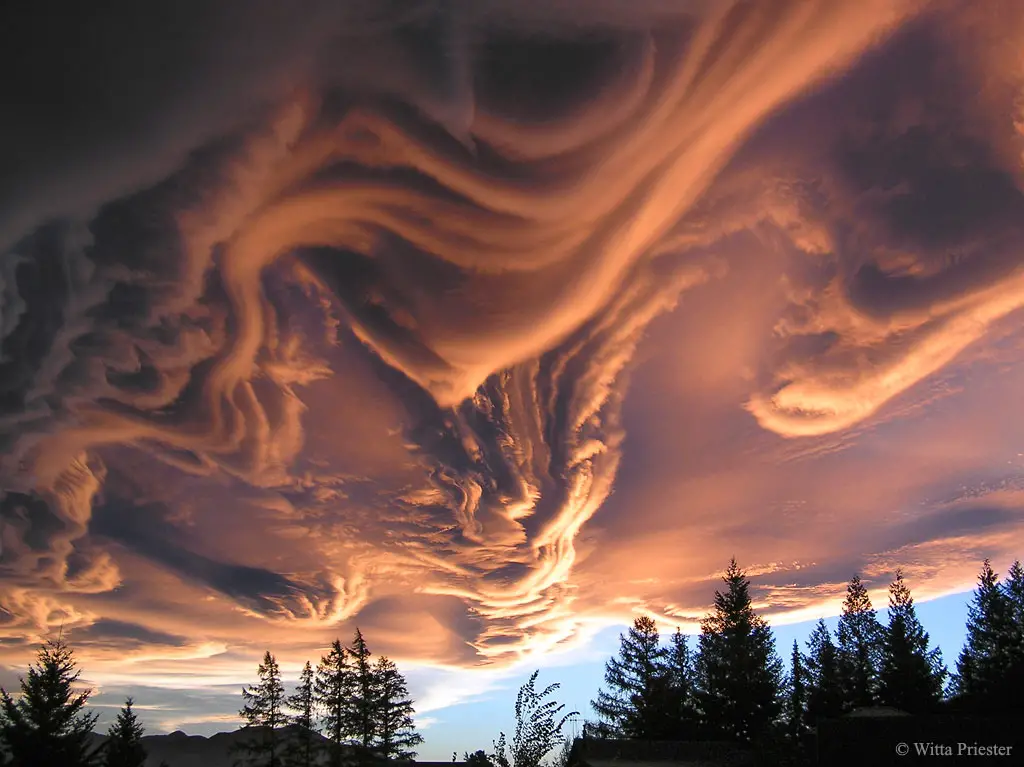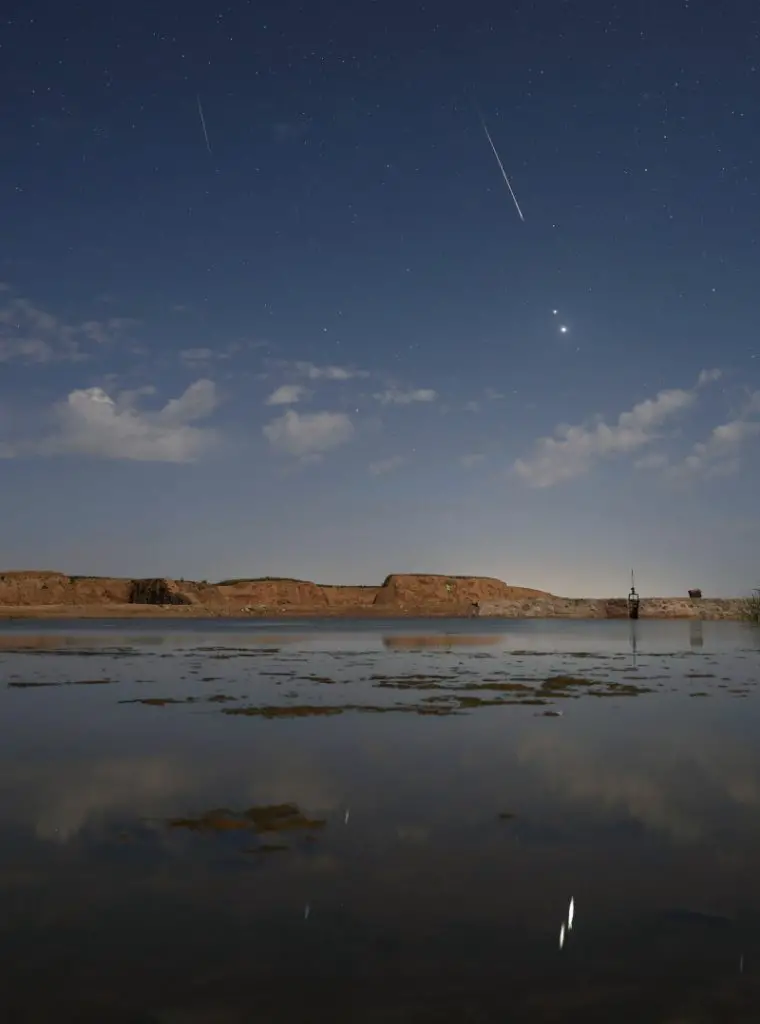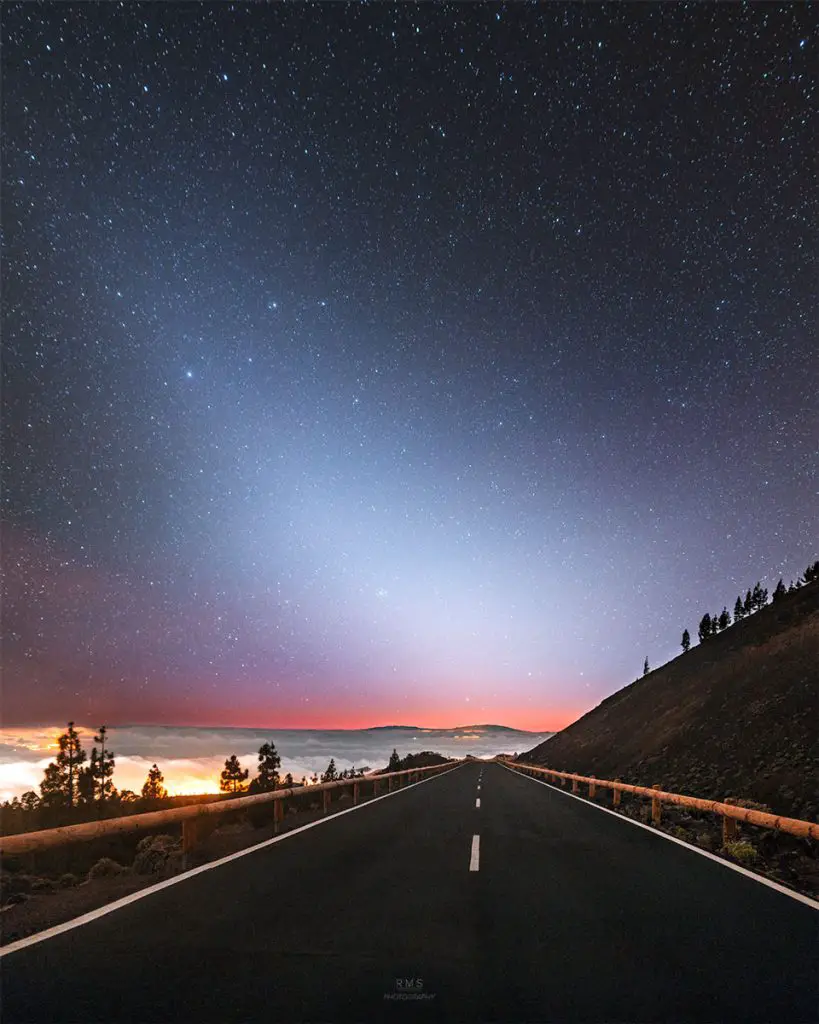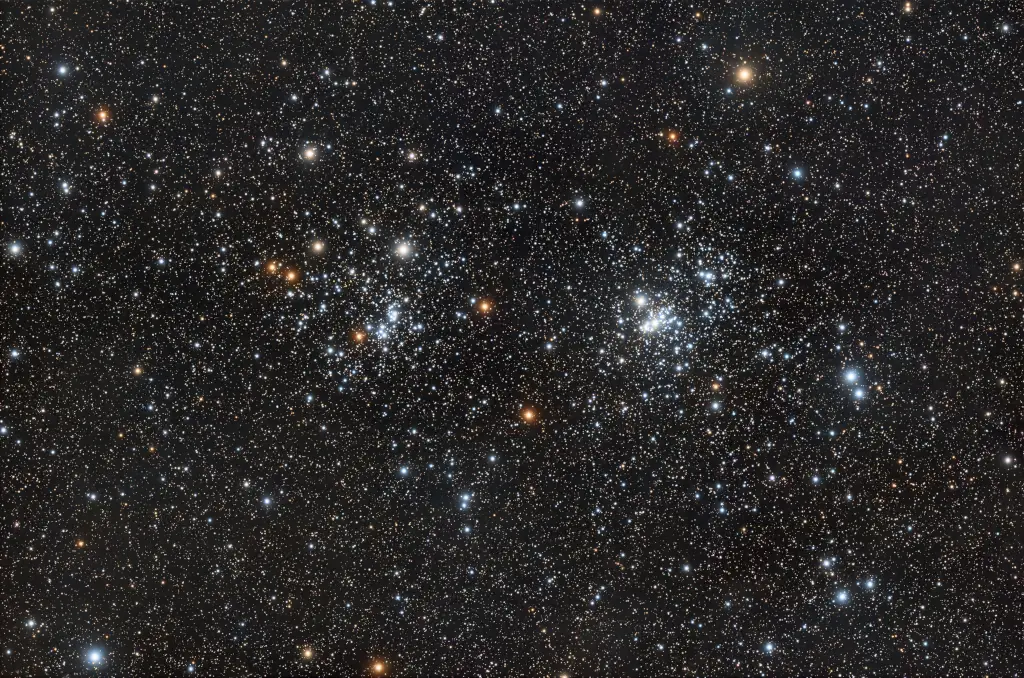Perseid Meteors from Durdle Door
Copyright: Josh Dury What are those curved arcs in the sky? Meteors — specifically, meteors from this year’s Perseid meteor shower. Over the past few weeks, after the sky darkened, many images of Perseid meteors were captured separately and merged into a single frame, taken earlier. Although the meteors all traveled on straight paths, these […]
